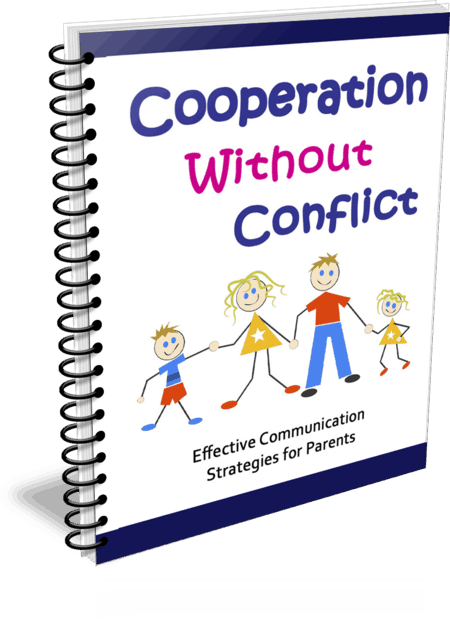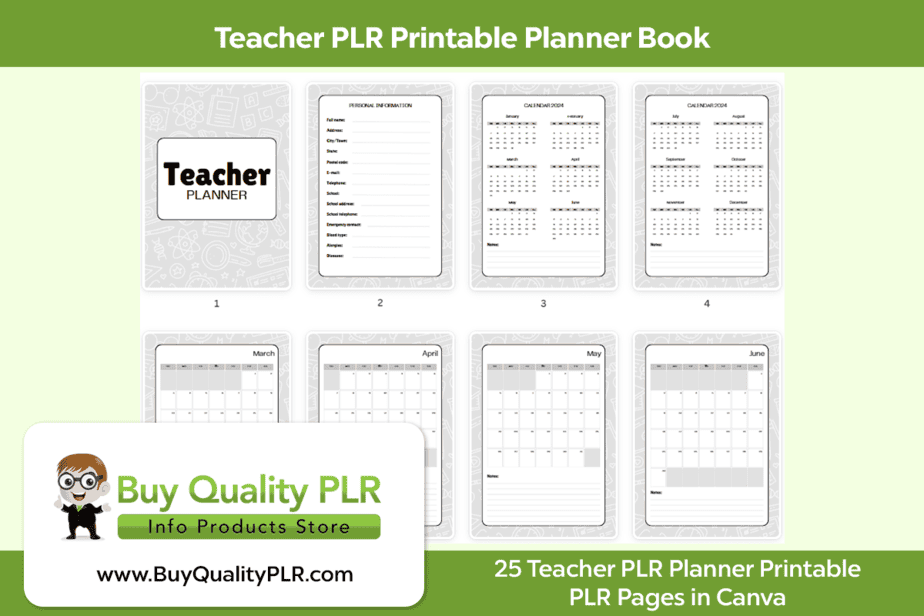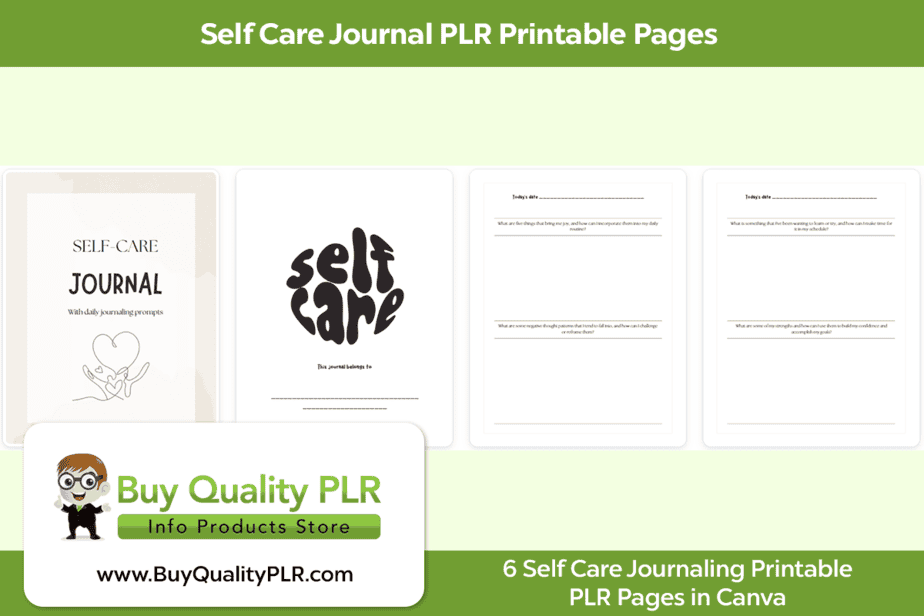
Top Quality Cooperation Without Conflict PLR Report
in PLR Lead Magnets , PLR List Building Reports , PLR List Building Reports , Private Label Rights ProductsChoose Your Desired Option(s)
has been added to your cart!
have been added to your cart!
#CooperationWithoutConflict #Conflict #ConflictTips #ConflictHelp #Communicate #CommunicateTips
Top Quality Cooperation Without Conflict PLR Report
The world offers unprecedented opportunities to communicate with others: cellphones, texting, emails, and more. Yet divorce rates have never been higher, nor families more stressed and troubled. Both parents and children are feeling the strain of increasing demands upon their time and attention.They feel the need to perform to a high standard in all areas of their individual lives.
Work, school, sports, computer-related activities, whether for work or entertainment, are all pushing quality family time further and further down the list of things that need parents’ attention, with disastrous results. If members of your family are sitting in separate rooms, eating alone,and rarely talking with each other, it’s time to make a change. To help your family form a closer bond,begin by making positive, effective communication and family “togetherness” top-level priorities.
You may think that your family is communicating well. However, if you are not working together as a team or actually talking about meaningful things and issues, you probably want and need to improve your communication.So, what exactly is effective, positive communication? Let’s take a closer look.
What Is Communication?
To improve communication skills,you first have to understand what communication is, the difference between effective and ineffective communication as well, as positive and negative forms.
Communication is the sharing of information from one person to another. It is a two-way street, with each person getting a chance to speak and share, to hear, and be heard.
While, there are many ways to communicate, when it comes to your family, talking face to face is the method that benefits members the most. The most popular form of communication is verbal. Examples of verbal communication includeone person talking or singing to another, as well as other ways that include the voice and words.
Other forms can be non-verbal,such as gestures,nods, and shakes of the head, and even facial expressions. For example, a person frowning will usually send the message that they are unhappy, stressed, angry,or generally not in the mood to communicate with anyone, or at least not in a positive, productive way.
Similarly,a”dirty look” can also convey a great deal of meaning without a single word being spoken. Of course, a look can be easily misinterpreted. What seems like a dirty look actually might be due to someones quinting to look at something in the distance.
Body language can convey a great deal of unspoken feelings and thoughts.It is something adults are not always aware of, especially in relation to the messages they convey to children. Crossing your arms over your chest makes you seem closed or guarded. Tapping or fidgeting when someone is speaking communicates impatience and a lack of interest, yet most of the time you do it without even thinking.
Parenting can seem to be a minefield even without sending wrong or mixed signals. So, how can you learn to be better communicators with your children? It may seem to be a lot of effort, but the rewards can be huge, especially since you will be teaching your children how to communicate better now and in the future.
Communication can be positive or negative,as well as effective or ineffective. When it comes to children,you want to be as positive and effective as possible. Sending kids the right messages,beyond words,is imperative.
Children, whose parents communicate effectively with them, are more likely to cooperate with you and do what you ask of them. They know what to expect from you because they are used to your clear,consistent communication. When children know what is expected of them, they are more likely to live up to your expectations than to rebel.
“Because I said so,” will work on only the most obedient or terrified children. The rest of the time, it will be a recipe for disaster if you don’t learn how to communicate a way that will encourage cooperation.
Children who have experienced positive and effective communication are also more likely to feel secure in their position in the family. They are more likely to be cooperative in order to keep that happy family life going. Even children with ADHD (Attention Deficit Hyperactivity Disorder) respond to effective communication skills if parents are consistent in terms of both expectations and maintain a calm, matter-of-fact reaction when it comes to difficult behaviors.
Now that you know more about communication and its different forms, let’s look at how to communicate with children by building a solid foundation.
Introducing The…
Top Quality Cooperation Without Conflict PLR Report

Build A Solid Foundation
There are many tried and true ways to communicate with your children in a positive way.
Communicate effectively while children are young.Before parents and children can communicate,each must feel comfortable with the other. There has to be a safe, nurturing environment where both parties feel that they are respected and valued. They also need to feel accepted and free to speak their “truth” even if the other person might disagree.
As soon as your children are born, talk to them in a pleasant tone of voice. Avoid using baby talk, since you don’t want them to talk that way.Try not to shout orscream, even when children aren’t present. When children hear you yell, your anger frightens them and makes them uncertain. Fear and uncertainty are two things that inhibit your children from speaking freely and communicating openly.
Face children when talking.This will help them noticevisual cues, from facial expression to lip reading. After all, it’s hard to have a conversation with someone thatdoes not look at you or turns their back to you. If you need to sit to the side, be sure to turn your head to look at your children from time to time. Eye contact is important but sustained eye contact can feel threatening. Maintain a comfortable balance.
Share your daily activities. Make your children a part of your daily activities Talk and explain things.Even if your children are babies or toddlers and don’t understand your words, they “listen” to your facial expressions, tones, and body language as you speak and interact.
Make very young children a part of your day-to-day routines. That may sound a bit odd since you may feel that you spend all of your time tending to the little ones. However, when you make them a part of your daily activities, you are sending the message that they are loved, accepted, and that they matter.
Just having the children in the room with you makes it easier to communicate and interact with them. For example, if you are washing dishes, give your crawler or toddler kid-safe “dishes” or utensils to play with. Talk aloud about everything from spoons to that new recipe you found online. If you are sweeping or dusting, provide children with a child-safe cloth or a kid-size broom to “help” you. It doesn’t really matter if the baby just chews on the cloth or the toddler really sweeps up anything. The point is that you are talking and sharing one of your activities.
Join in your children’s activities.Create child-centered activities for very young children. Think of short, structured activities you can do together for 10 to 15 minutes. Incorporate these into your children’s daily routines when possible. Songs, finger plays, and simple games are examples of activities you could incorporate in a variety of environments and situations like at bath time or when waiting in line.
has been added to your cart!
have been added to your cart!
Package Details:
- Download File Size – 2.72 MB
- Total Word Count: 8398+ Words
- Word Doc Format – Source File
- Text Doc Format – Source File
License Details:
You can add the articles or content to an ebook or product that you plan to sell or give away for individual use.
You can use the content to build your email list.
You can modify the content by removing, adding or otherwise editing to suit your needs.
You can use the content on your websites, blogs, newsletters or anywhere you publish content.
You can add your affiliate links, product links, Adsense and other ad code.
You can bundle the content into a viral report, free ebook, product or bonus for your customers.
You can charge for access to read this content. For example, a paid ebook, membership site or other paid access content.
You can translate it into another language and resell with personal use rights.
You can add the content as a autoresponder email series.
What you CANNOT do:
1 – You cannot give any type of resell rights to others. In other words, you can sell this stuff, but your customers can’t. Why? This protects all our members and helps ensure there is a consistent limit on the number of sellers of this PLR. We allow 100 members/sellers maximum. Period.
2 – You cannot submit any of the content provided by Buy Quality PLR to reprint article directories or other websites which accept reprint content even if you have edited or reworded the content.
Why? Because many article directories won’t take PLR articles. If everyone started submitting similarly written articles to these directories it wouldn’t be fair for the directory owners, their users or our members. Be fair to everyone involved and don’t do it, even if you feel you’ve edited or reworded the article.
Share Now!












